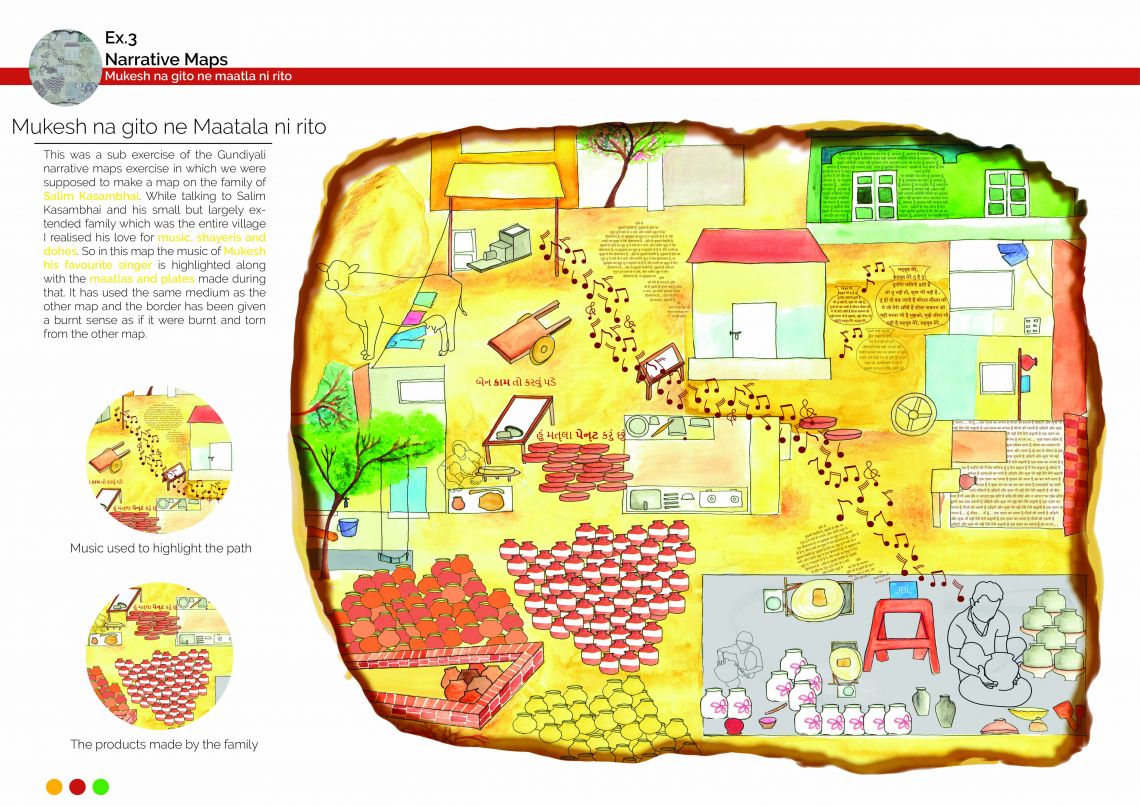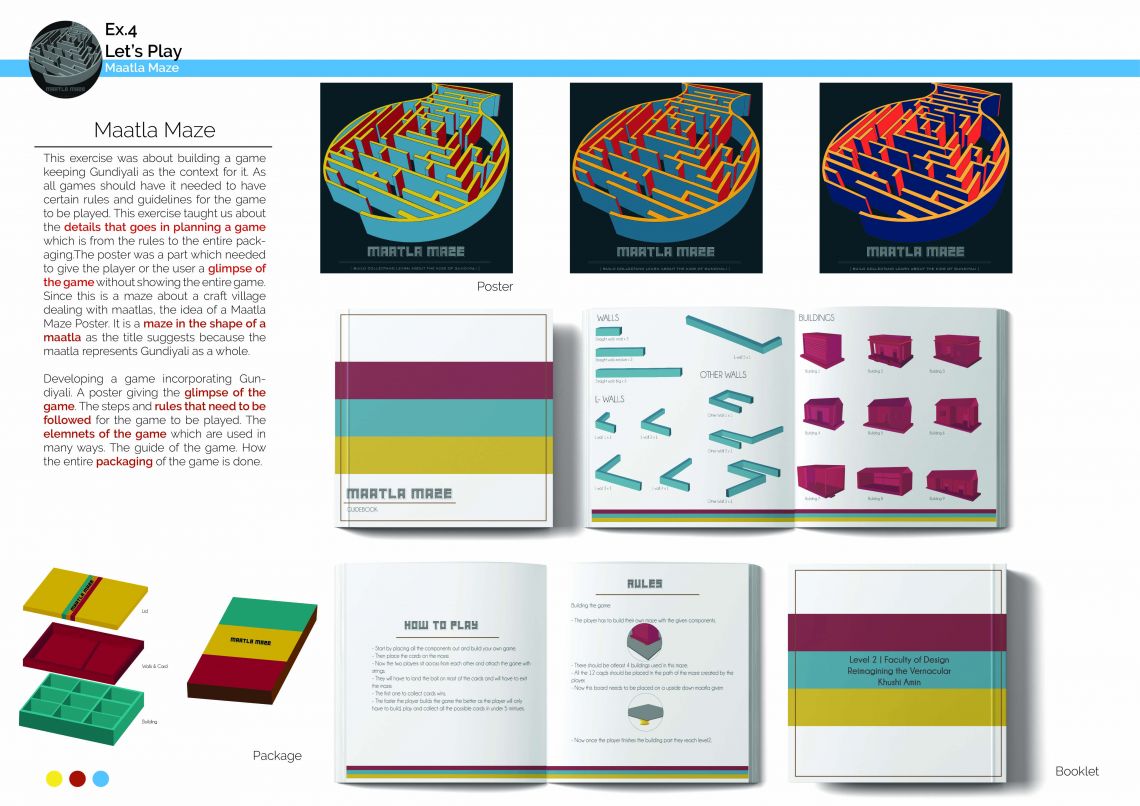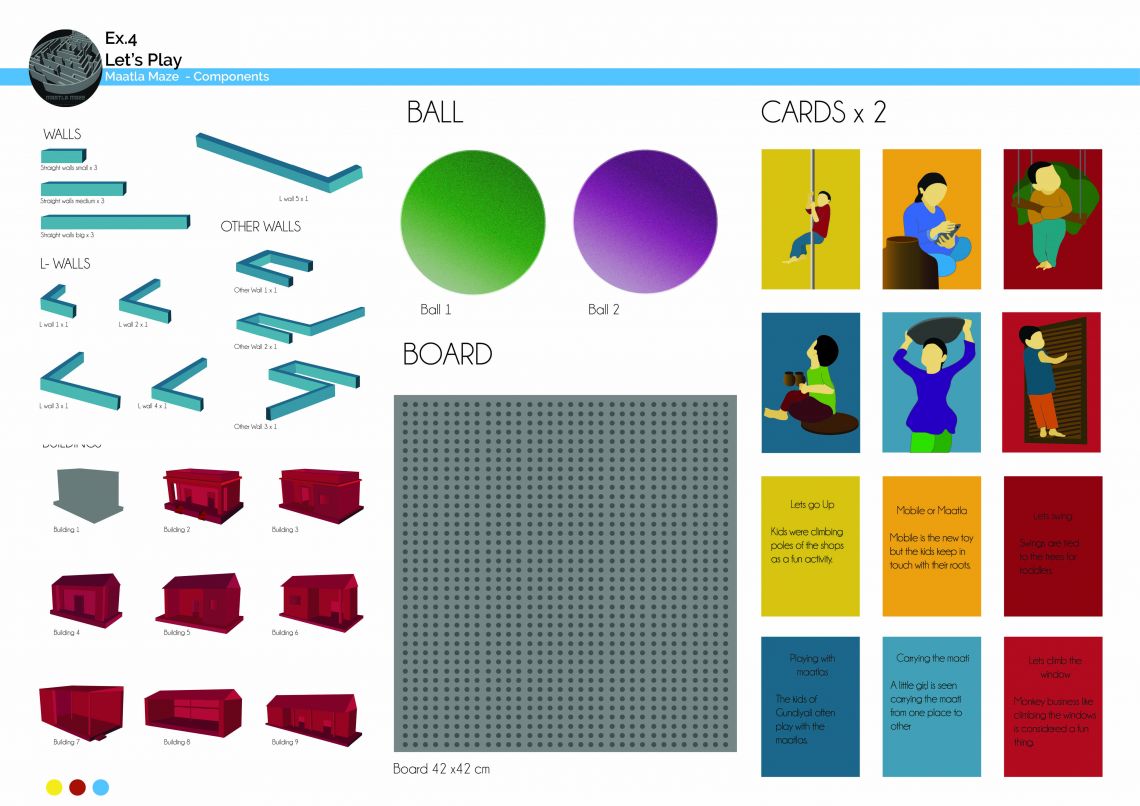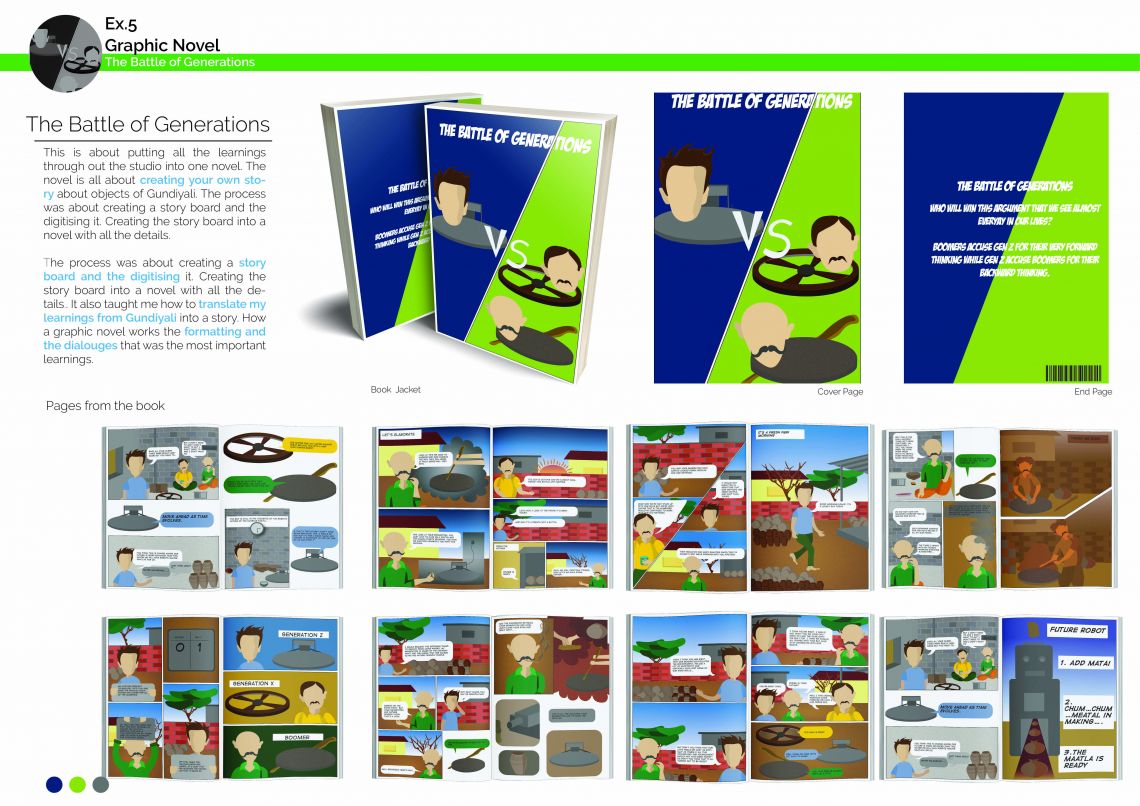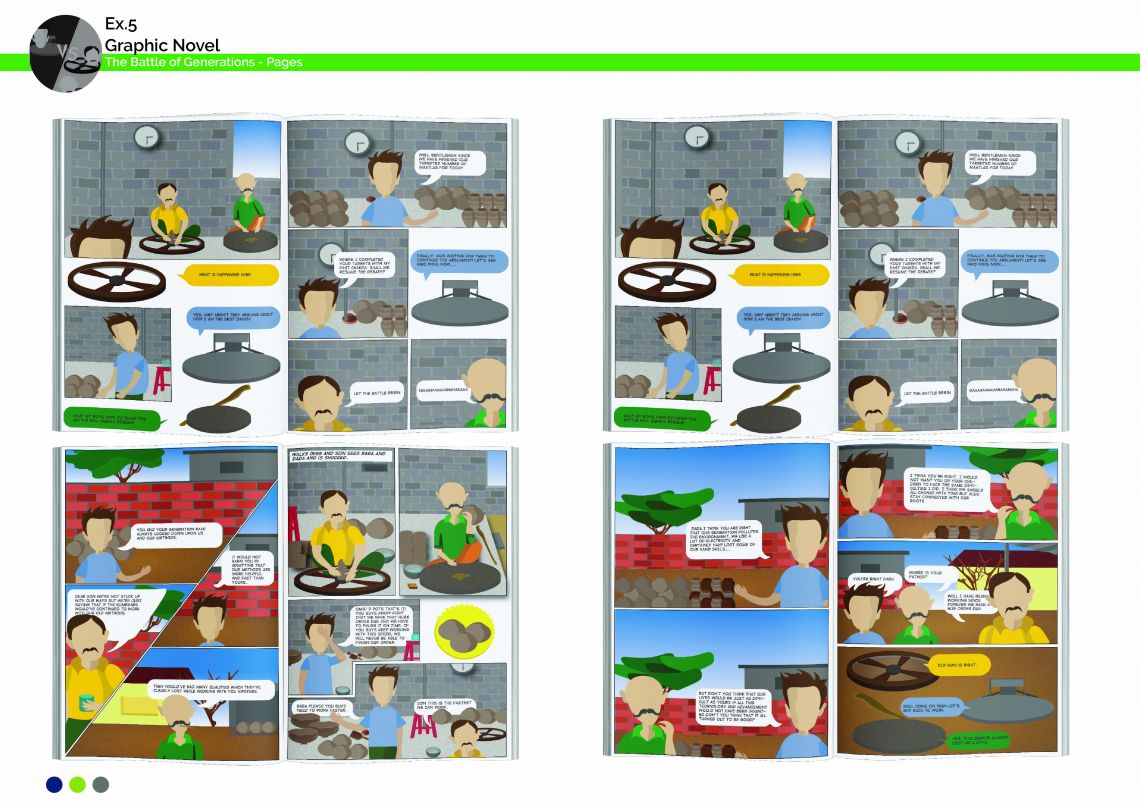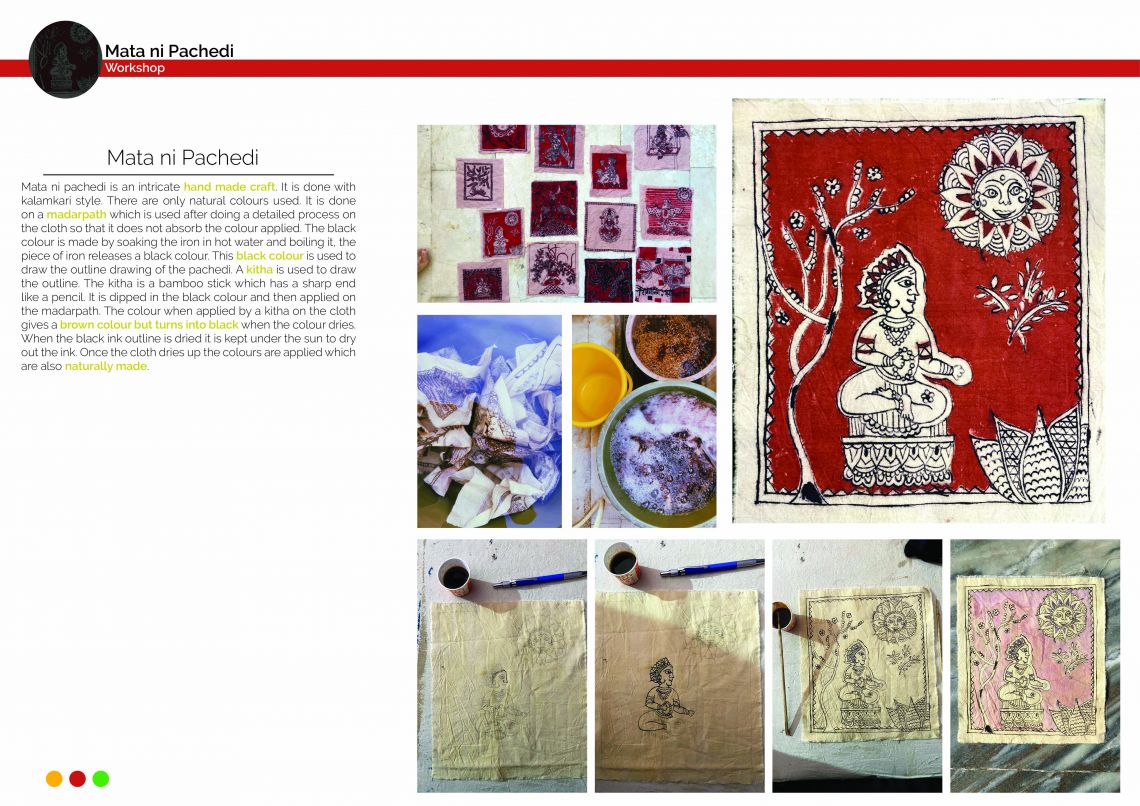Your browser is out-of-date!
For a richer surfing experience on our website, please update your browser. Update my browser now!
For a richer surfing experience on our website, please update your browser. Update my browser now!
Kahani Aur Khel is an insight into the studio which highlights the journey of the stories and games. It mainly focuses on narrating or telling the viewers the stories along with games. Gundiyali which is a crafts village near Mandvi is the main highlight of the studio and many of the exercises done revolve around the village. There are mainly 5 exercises. The main thing that I learned from all these exercises was how to translate an idea or a story into a storybook or novel or narrative maps.


